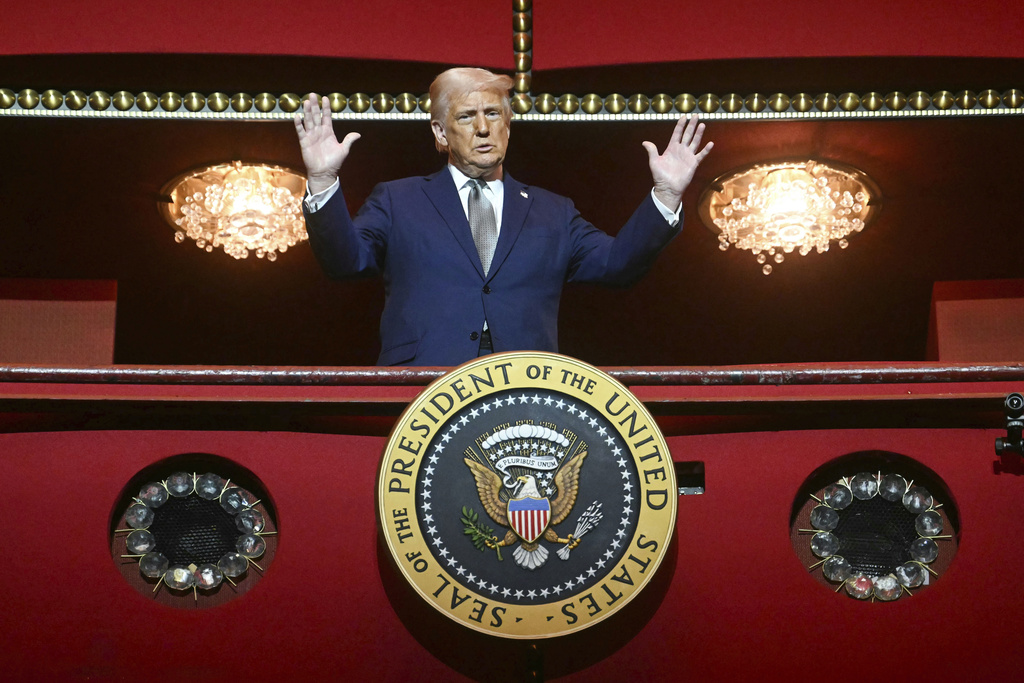It’s almost time. The beginning of November means that for most of the U.S., the clocks are falling back an hour and sending many of us reeling.
But it’s unclear how much longer you will have to deal with those yearly clock changes.
“But the good thing is, if we can get this passed, we don’t have to deal with the stupidity anymore," said Sen. Marco Rubio (R-FL).
In 2021 and early 2022, Sen. Rubio spearheaded efforts to change the standard time across the U.S.
The Senate passed a bill to do so. But it stalled in the House and expired.
This past spring, the “Sunshine Protection Act” was reintroduced in the Senate, and an identical bill was introduced in the House.
Since then, there hasn’t been much progress on either, signaling the act might once again lose steam before coming to a vote.
The bills would make daylight saving time permanent.
In 2021, nearly 30 states had recently considered legislation related to daylight saving time.
At least 19 states have legislation in place to adopt daylight time year-round if the "Sunshine Protection Act" becomes law.
Some states, like South Carolina, are trying to circumvent waiting for Congress to decide on a national policy change by submitting waivers for their particular state to make daylight saving time permanent.

Our internal clocks are at adds with Daylight Saving Time
Our bodies are very used to day-night cycles, but Daylight Saving Time can disrupt when they think the day starts and ends.
Other states, like Hawaii and Arizona, have already adopted permanent standard time, and under this law, they’d be allowed to stay that way.
There seems to be growing momentum from voters, too.
A 2022 YouGov poll found a majority of Americans want to ditch the twice-yearly changes.
The preference for daylight saving time or standard time is a little less clear, but most people say they’d like to spring forward and stay there.
That’s probably because most Americans tell YouGov they wouldn’t mind darker mornings and brighter evenings.
The government first tried to implement permanent daylight saving time in the 1970s.
It was a move that former President Richard Nixon thought would conserve energy following the 1973 energy crisis.
Parents weren’t in love with the proposed change, as losing an hour of sunlight in the morning meant their kids were going to school in the dark.
The Department of Transportation found the change had little impact on saving energy and may have actually increased gas consumption.
There was a popular theory that more daylight in the evenings would be a boon for farmers.
But it’s been the opposite.
The agriculture industry has criticized daylight saving time since the World War I, complaining that it only delays their schedules.
If the bill becomes law, it wouldn’t take effect this year.
By the time it happens, if it happens, it’s hard to say if it’ll be daylight saving time or standard time.
But if I were you, I wouldn’t lose any sleep over it.











